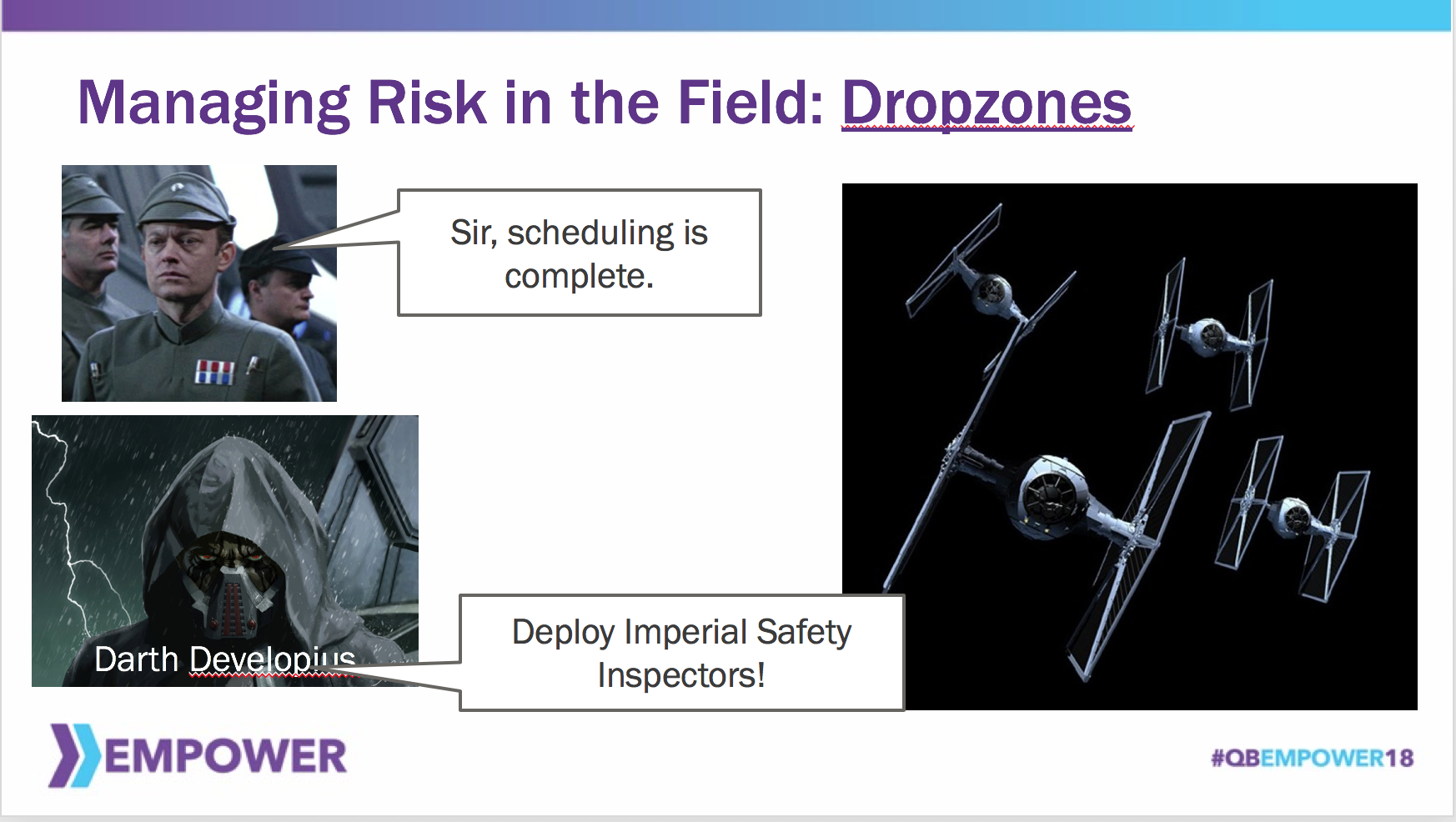In the Low-Code world, it’s mostly about fast and cheap.
Citizen developers, IT developers, and vendors can deliver applications in a fraction of the time—and at a fraction of the cost—of traditional Web Software development. The process often starts with someone in Accounting having an idea for an app, and they begin building immediately. Success is quick, and everyone’s happy.
But, as time goes on, more people begin asking “what if?” when it comes to that process.
What if...
…we could connect to Concur?
…we implemented QuickBooks Online?
…we could invoice out of Quick Base using WebMerge?
…we had contracts generated in Quick Base, had them routed and signed by DocuSign and then added back to Quick Base?
The answer to each of those is “yes.” And it’s all accomplished using integration with the Quick Base API.
About 20 years ago, someone came up with the idea that applications needed a way to talk. The first attempt was EDI (Electronic Data Interchange), but that was quickly rendered obsolete by the Application Programming Interface (API). In short, APIs are basically a very simple way to allow apps to talk across the Internet.
And that’s why Quick Base has its own API. On its own, Quick Base is awesome. But when we begin using the Quick Base API, it becomes super awesome and is a HUGE value add for Quick Base.
At VeilSun, we specialize in connecting our clients’ Quick Base applications to both internal and external systems. Whether it’s an old ERP system, Netsuite, Slack, or a document management software, we’ve gotten integration down to a science—and have pioneered many integrations in the field.
So, where does that leave you?
We’re the first to admit that integrating Quick Base isn’t for everyone. With that in mind, we’ve created a checklist to see if you’re ready to do-it-yourself:
- Have a working knowledge of XML
- Familiarize yourself with the Quick Base API calls
- Determine if a server is necessary for your integration. (The answer is most likely yes.)
- Have a working knowledge of PHP, Python, Ruby, or your coding language of choice
- Have full understanding of the business workflow related to your integration
If you aren’t able to check all these boxes, there’s no need to fear. VeilSun has extensive experience in working with the Quick Base API and can help. To wet your whistle, here’s a list of integrations we can think of off the top of our head that have added value to our customers:
- Integrated Quick Base project management systems with QuickBooks, Netsuite, and many other accounting systems to automate billing and create real-time job costing
- Transferred leads and opportunities from Salesforce to Quick Base to kick of professional services
- Integrated and embedded Quick Base with document management systems such as Google Drive, Box, DropBox, OneDrive, and Sharepoint
- Automated email marketing campaigns between Quick Base and MailChimp
- Helped companies speed up sales through sending contracts out via DocuSign through Quick Base CRM apps
- Turned marketing automation into sales automation through HubSpot to Quick Base integrations
- Leveraged Big Data in Quick Base using SQL Server
- And much more...
Integrations are where the impact of Quick Base can really be felt. If you’re not integrating Quick Base today, get with us. We’re happy to show you just how painless it can be.









